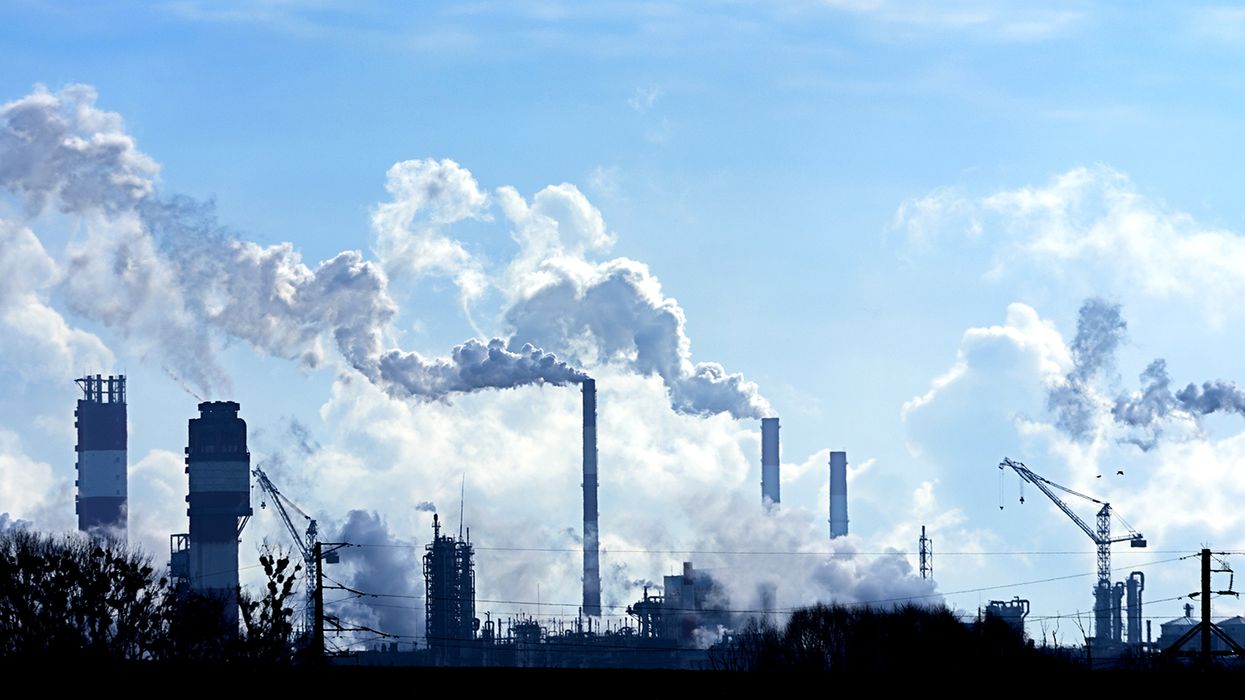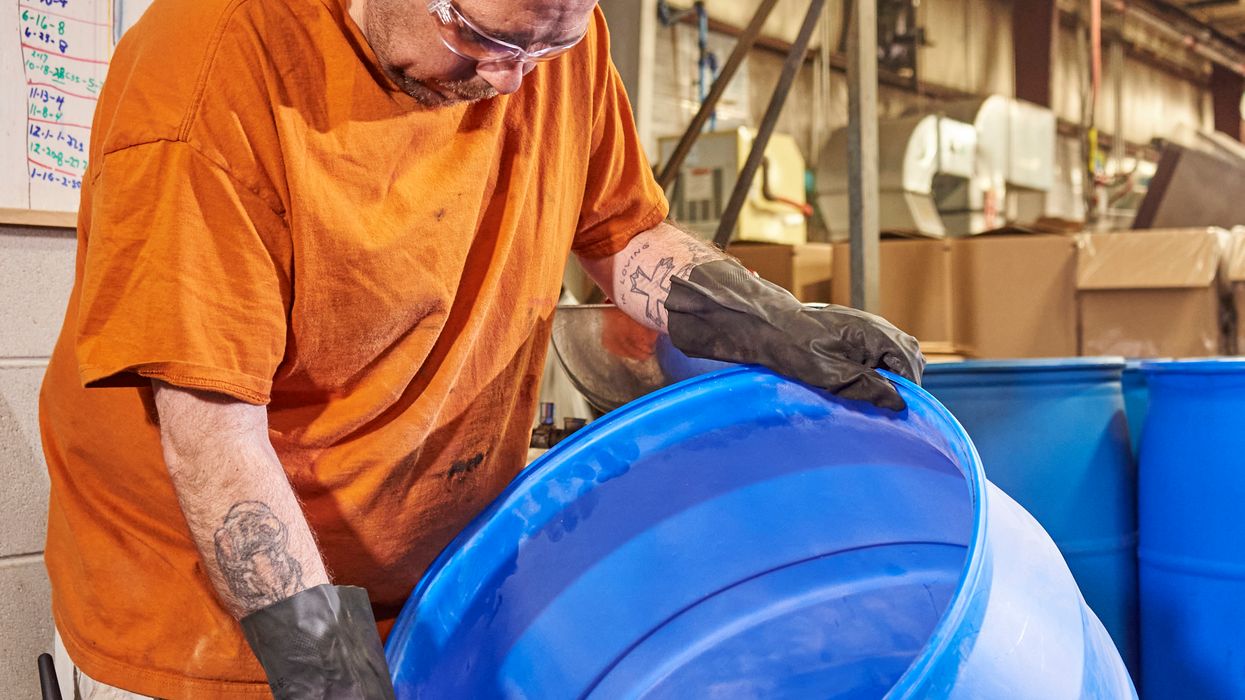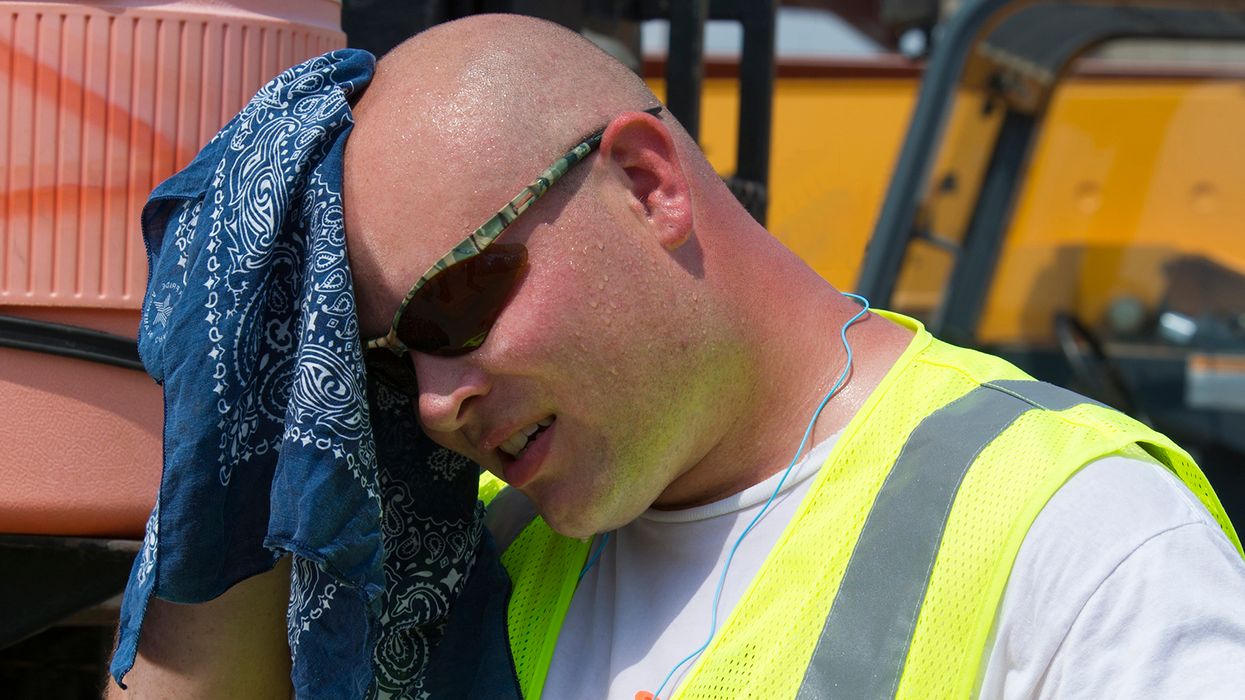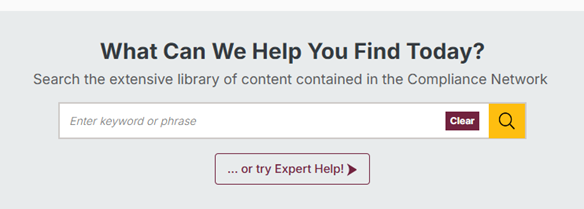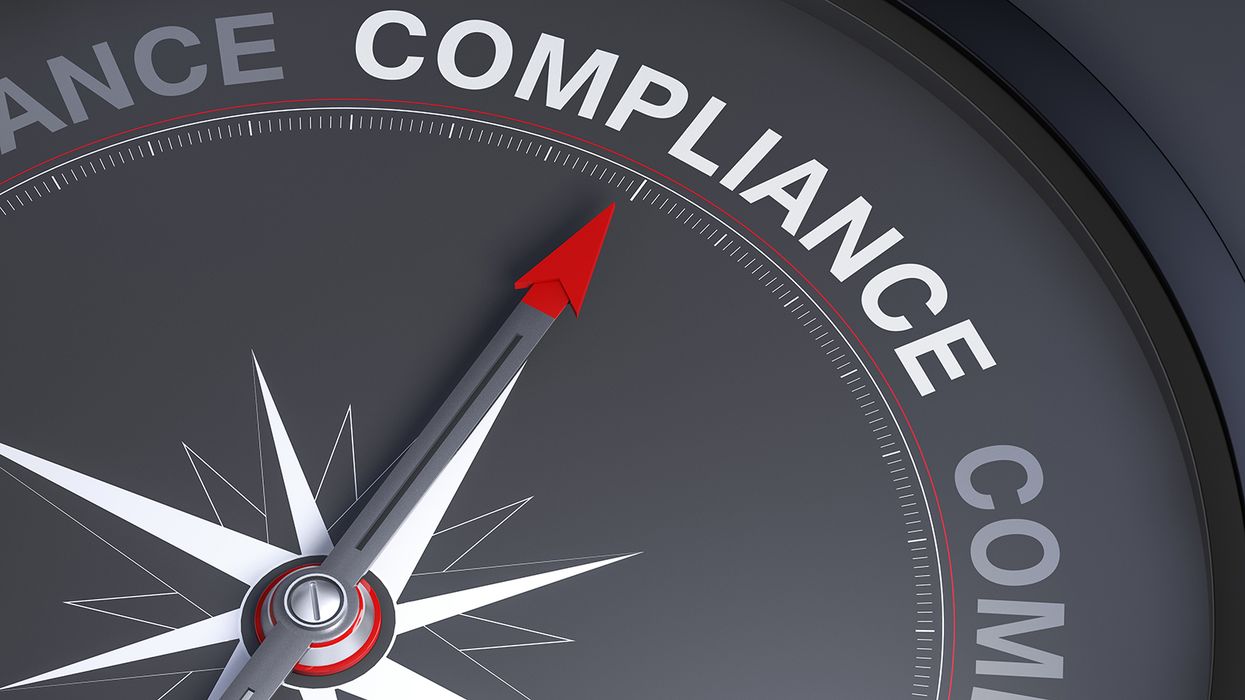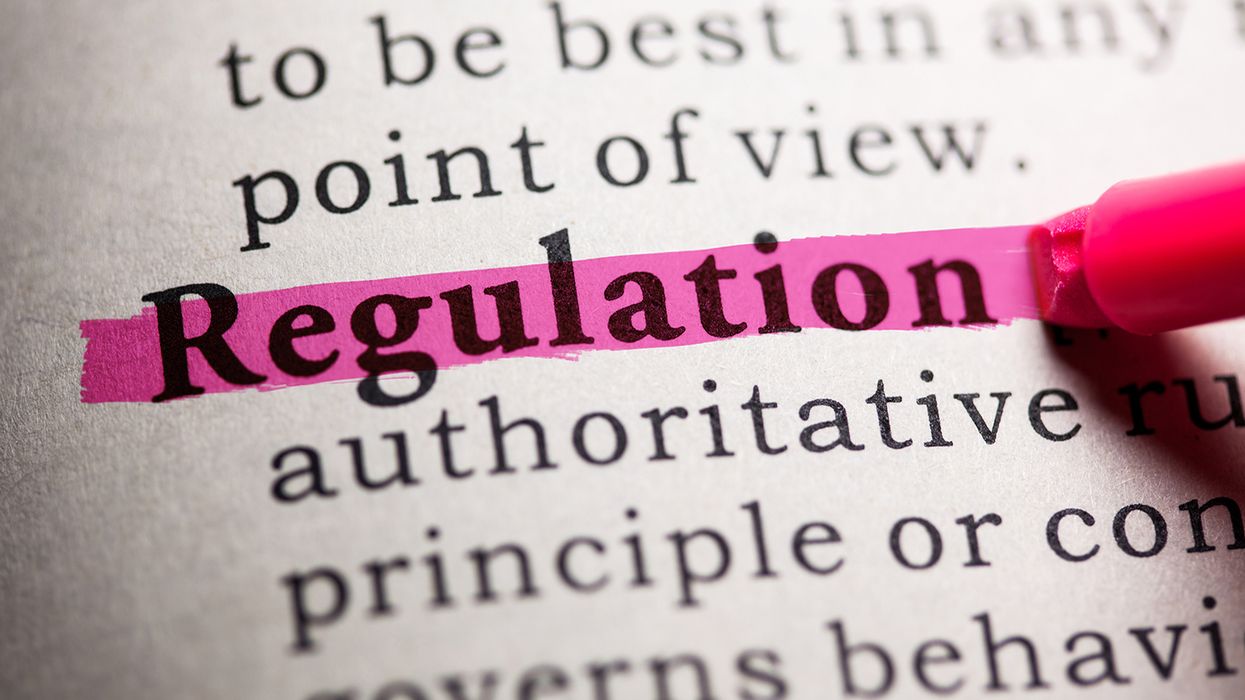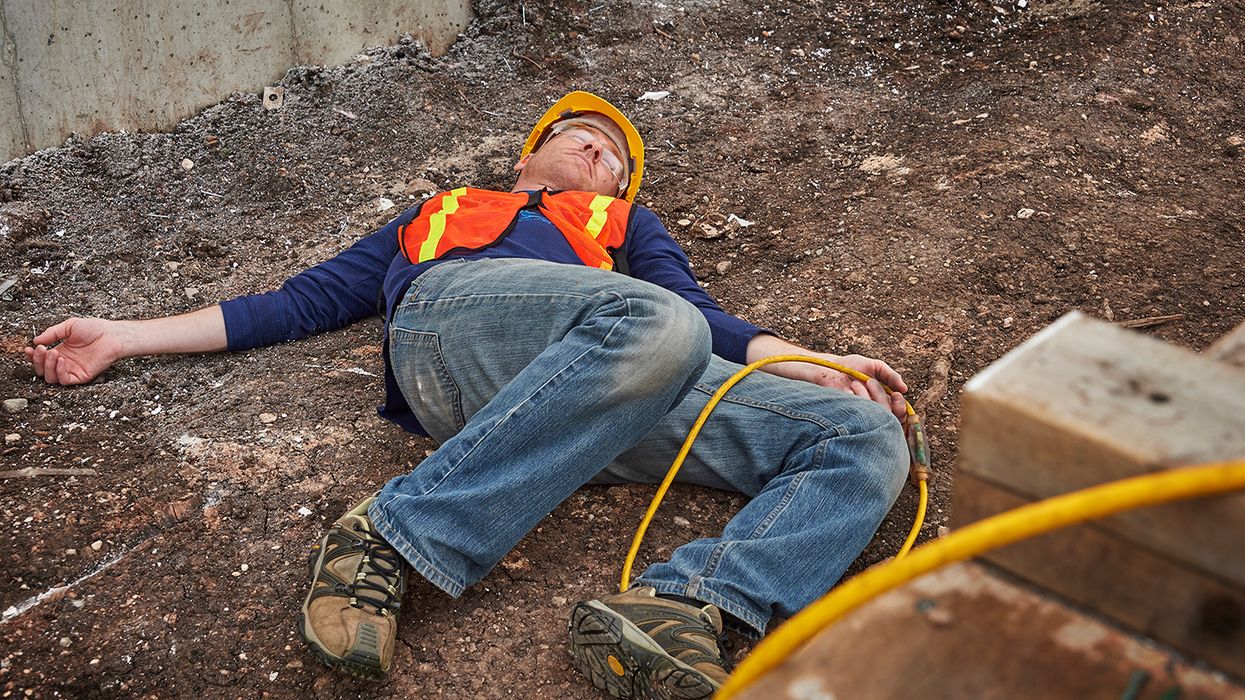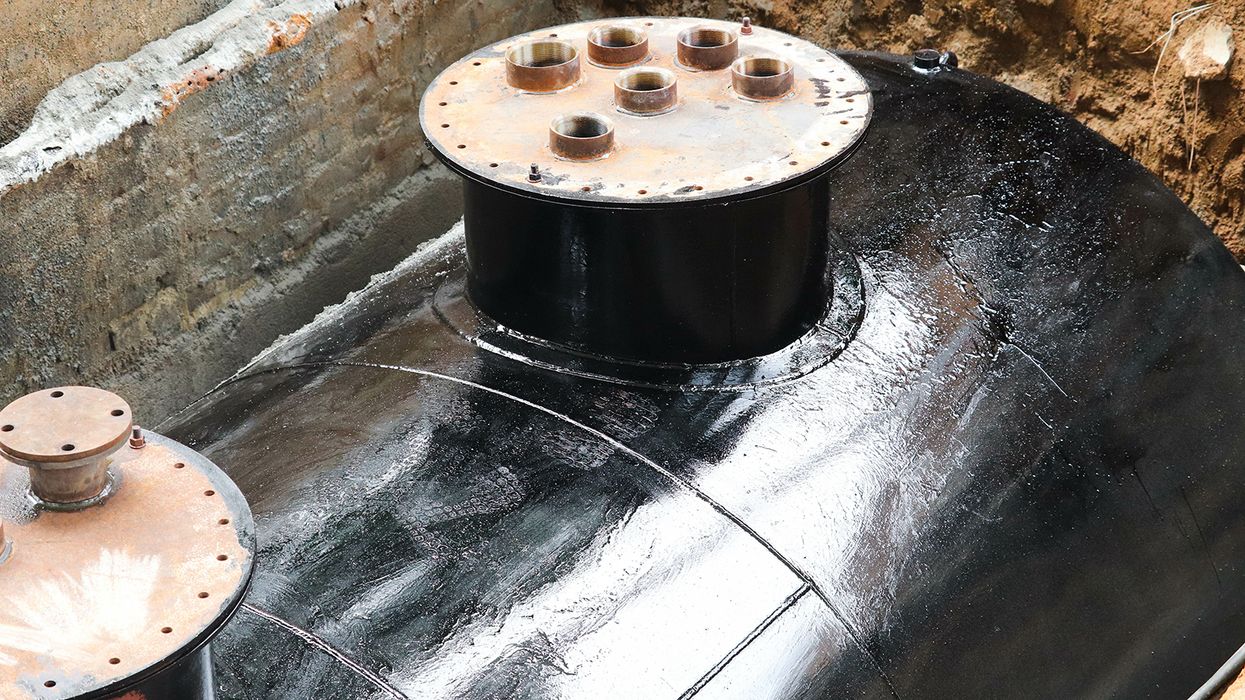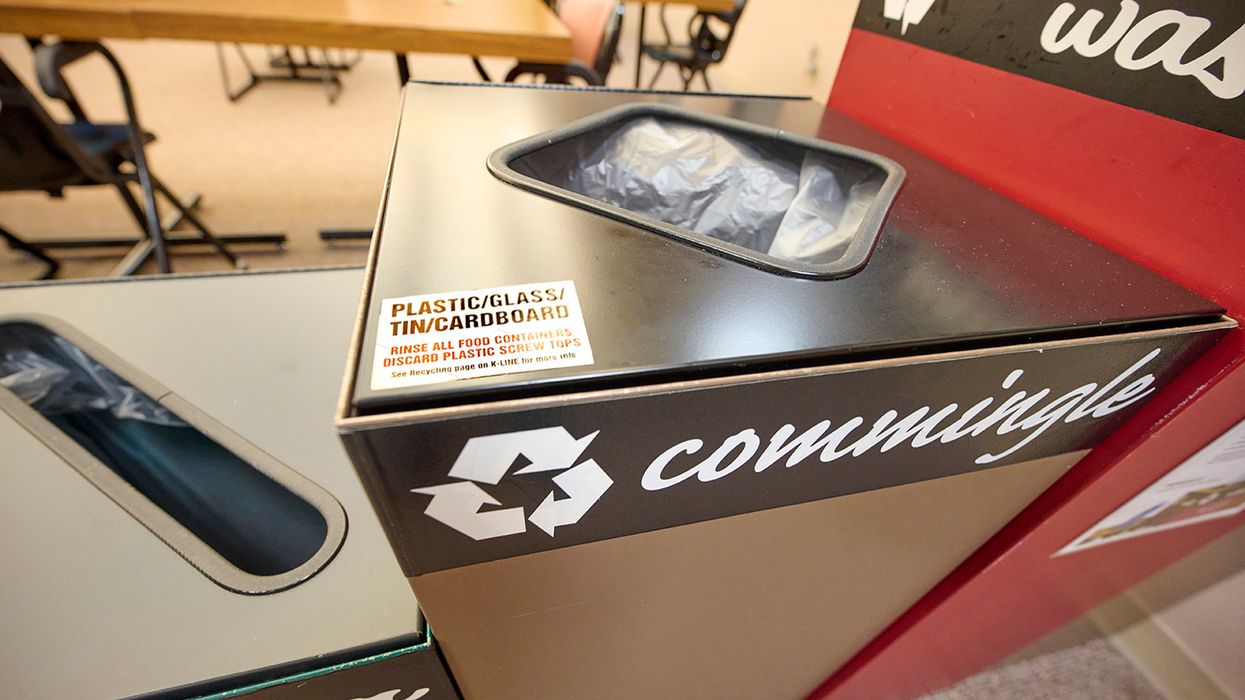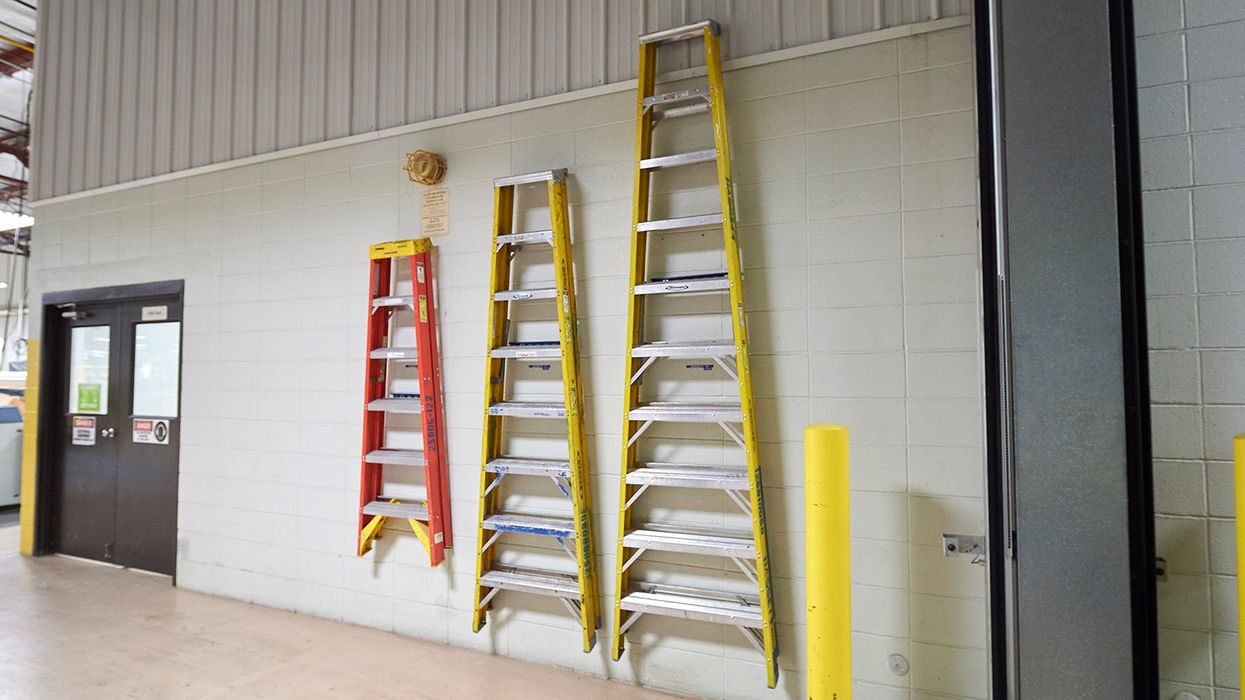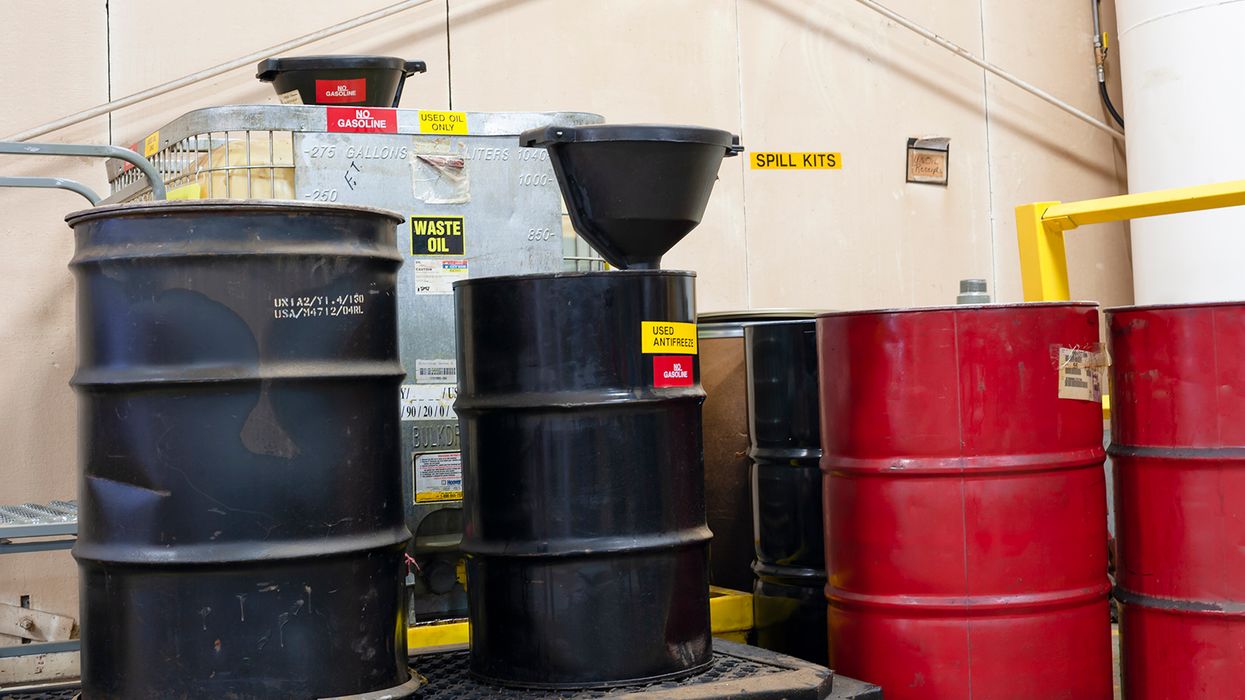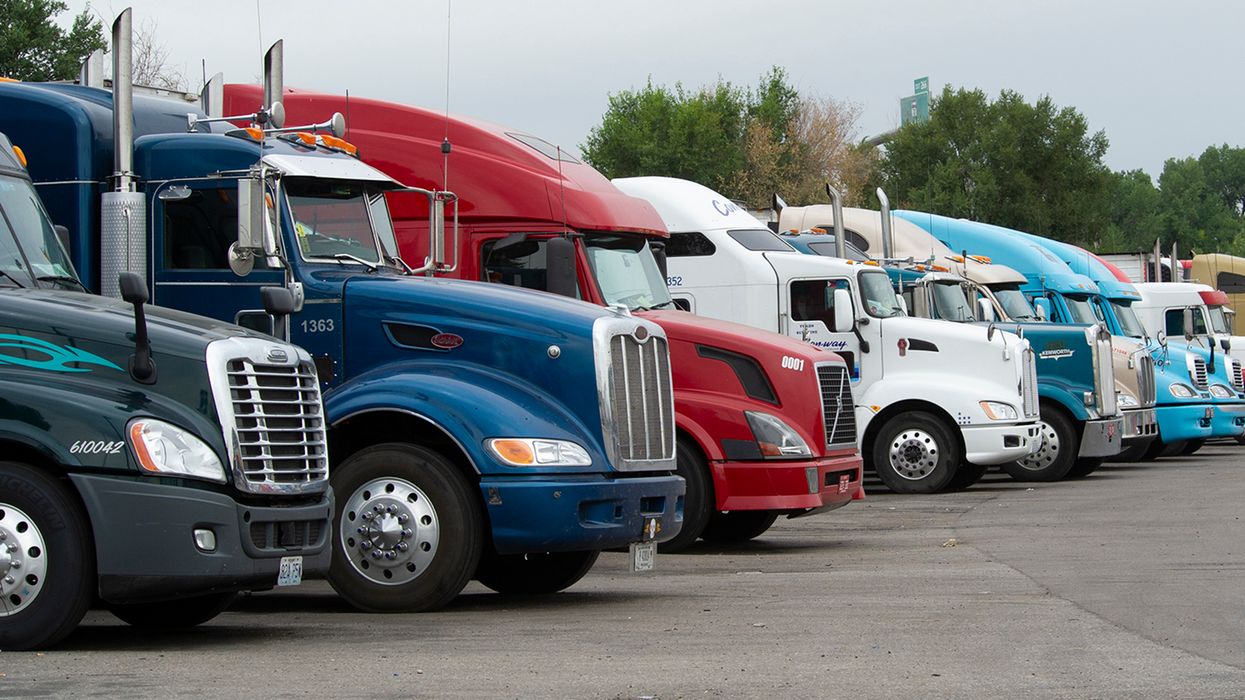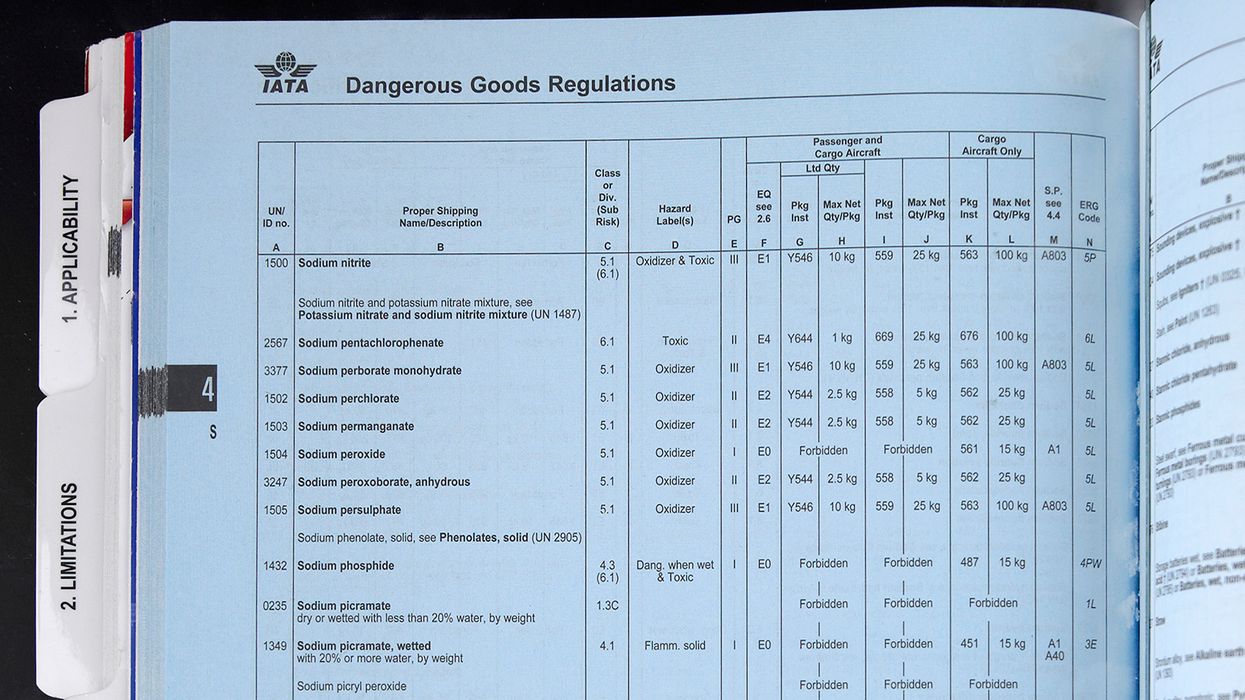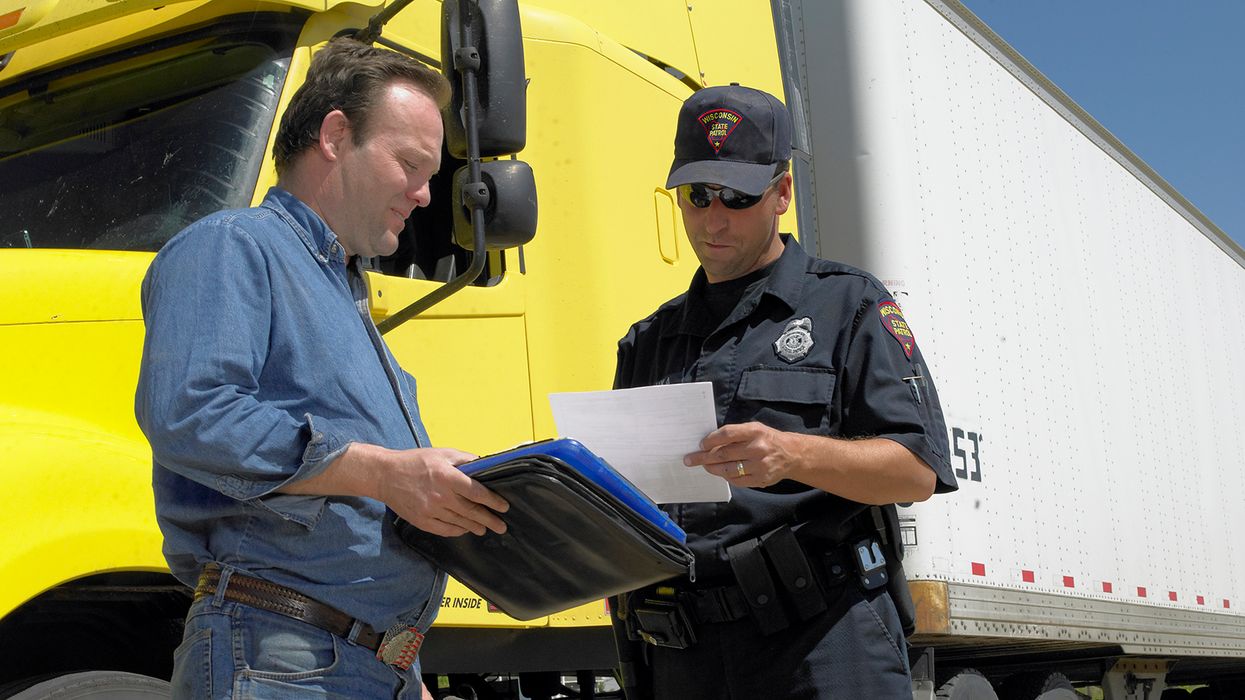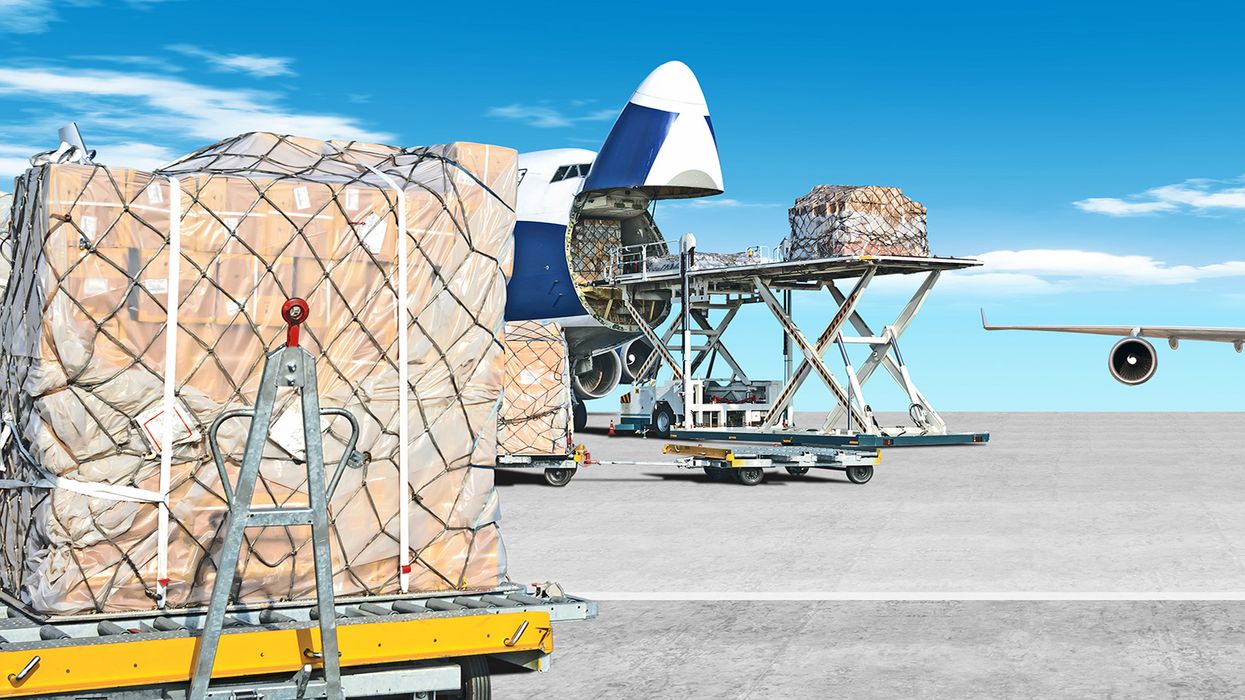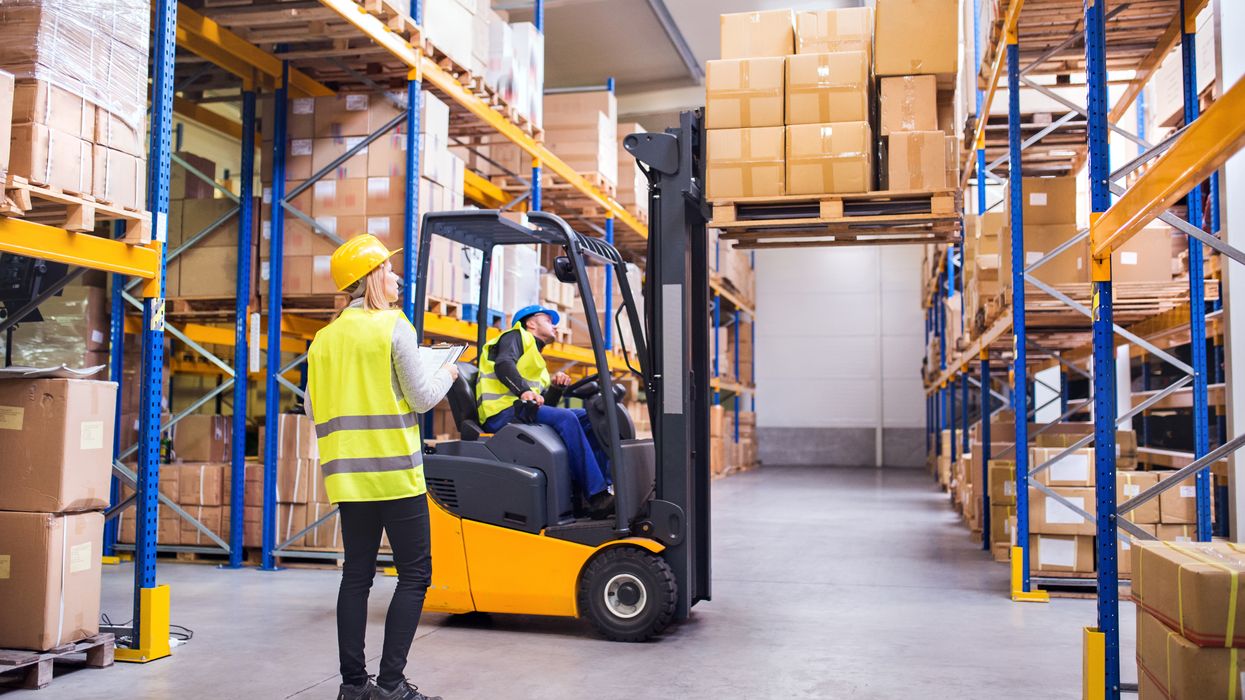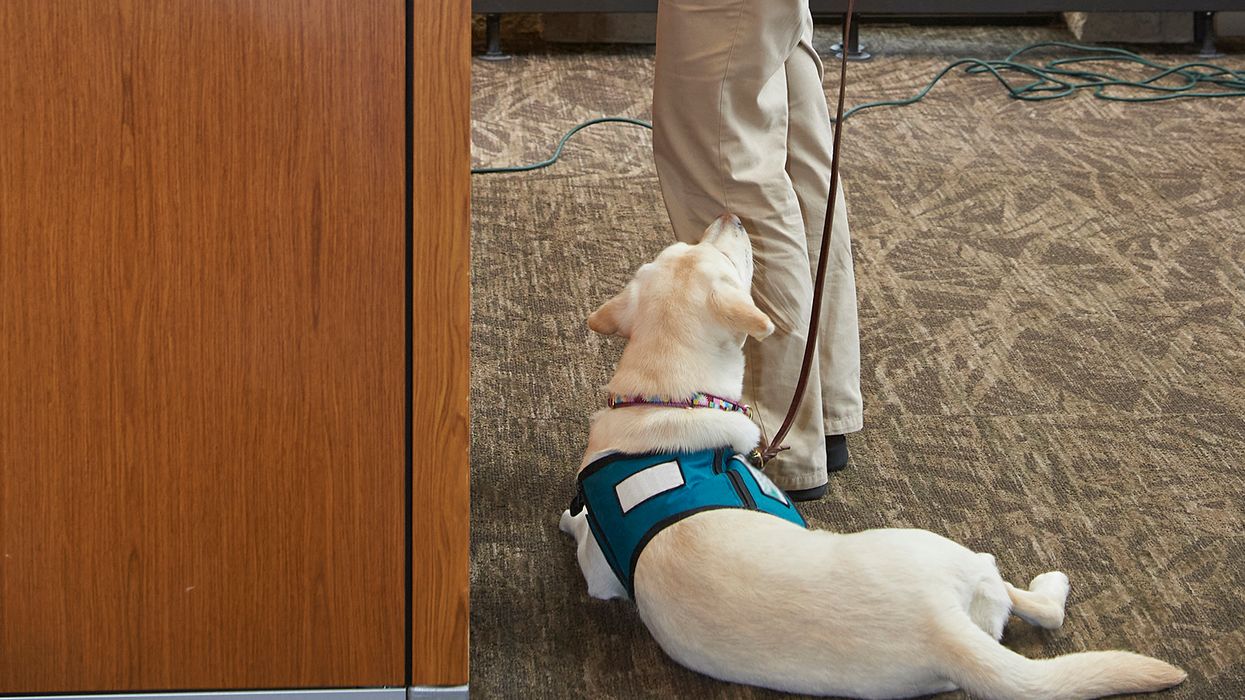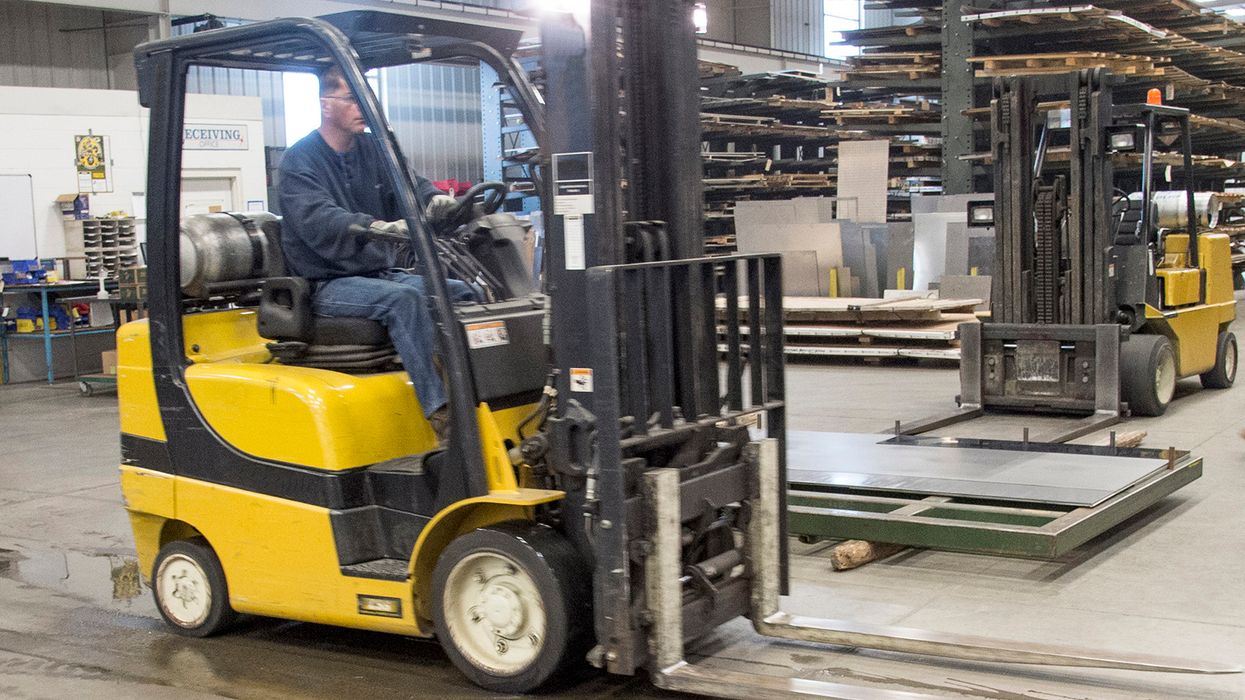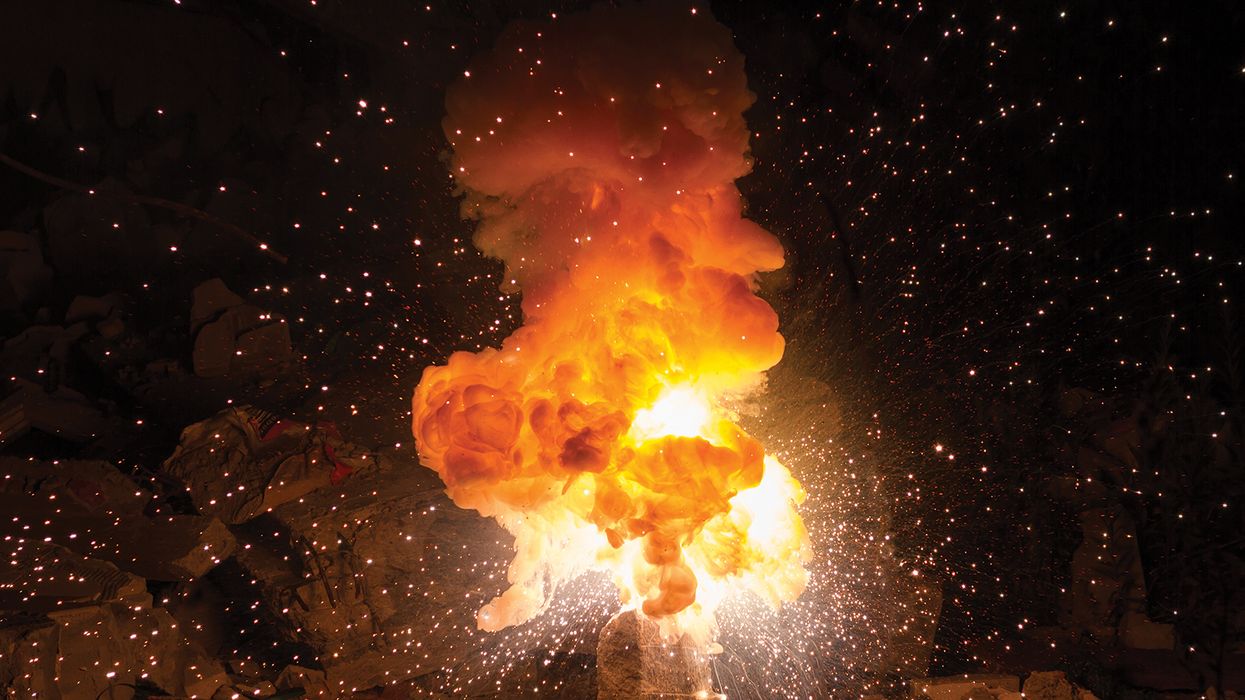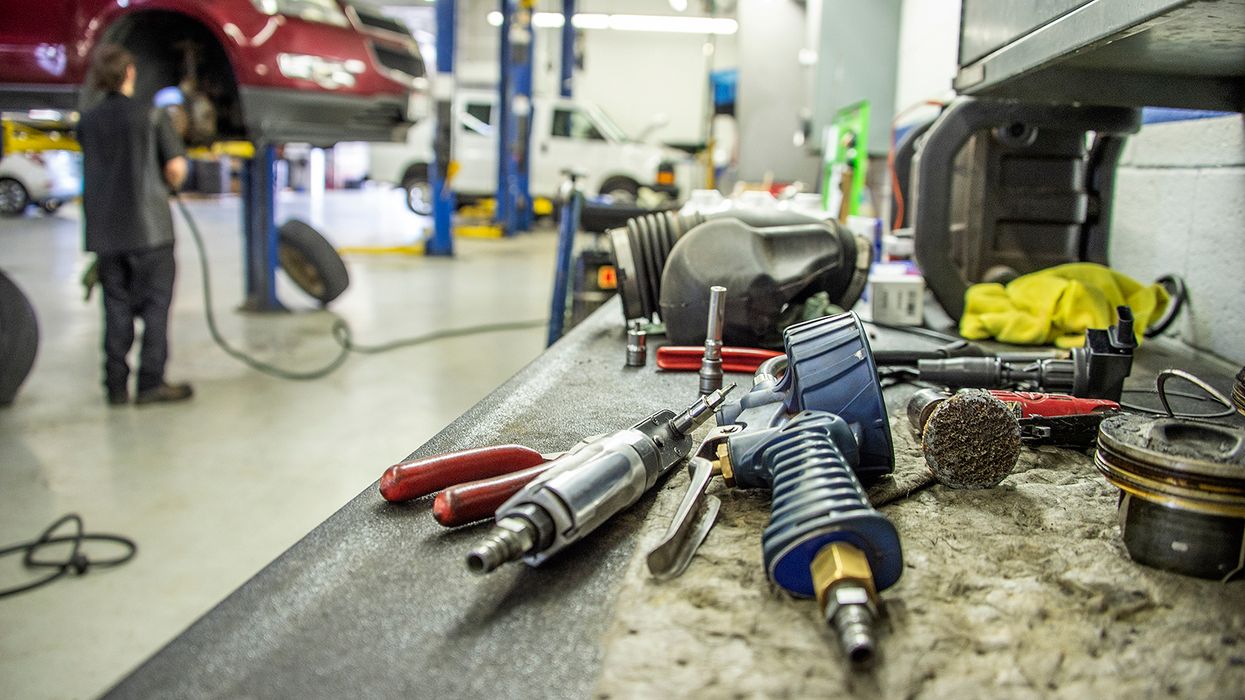Peer pressure and workplace incidents: A dangerous combination
Negative peer pressure can jeopardize workplace safety, leading to risky behavior and neglect of safety protocols. It's crucial for safety professionals to recognize and address the impact of peer pressure when investigating incidents and implementing preventive measures.
Detecting the presence of negative peer pressure
Peer pressure can impact workplace safety in both positive and negative ways, but the negative effects can have serious consequences if not addressed. To prevent this, it's essential to recognize the signs of negative peer pressure in your organization including:
- Ignoring company safety policies: Peer pressure can lead employees to disregard safety rules, such as not wearing protective gear or taking shortcuts. The desire to fit in or avoid being seen as weak can override common sense.
- Encouraging risky behavior: Coworkers may encourage or even mock employees for being overly cautious. This can lead to increased risk-taking behaviors, such as operating machinery without proper training or exceeding speed limits.
- Underreporting injuries: Employees may be reluctant to report injuries due to fear of being seen as weak or incompetent. This can prevent necessary medical attention and create a culture of silence around safety concerns.
- Covering up mistakes: To avoid blame or disciplinary action, employees may conceal the circumstances surrounding an accident. This can hinder investigations and prevent effective safety measures from being implemented.
- Contributing to groupthink: Peer pressure can contribute to groupthink, where individuals conform to the opinions or actions of the majority without critically evaluating the safety implications. This can prevent the identification of potential hazards or alternative safe practices.
- Creating stress and anxiety: Constant pressure to conform can create stress and anxiety. Employees may worry about fitting in, meeting expectations, or facing backlash if they prioritize safety over social norms.
Beating back the negative effects of peer pressure
To counter the negative effects of peer pressure, workplaces must cultivate a strong safety culture. Encouraging positive peer pressure is key, and this can be achieved through initiatives such as:
- Strong leadership: Leaders must set a clear example by consistently following safety protocols and emphasizing the importance of a safe work environment.
- Open communication: Creating an open and supportive atmosphere where employees feel comfortable reporting safety concerns or near-miss incidents is crucial.
- Employee empowerment: Empowering employees to take ownership of their safety by providing safety training and encouraging participation in safety committees and other initiatives.
- Peer recognition: Recognizing and rewarding employees for safe, positive behaviors can help shift the focus from negative attitudes towards safety.
- Known consequences: Implementing clear, objective consequences for safety violations can deter risky behavior and reinforce the importance of safety.
- Focused prevention: Focus workers on preventative initiatives for safety, not past results.
Key to remember: Peer pressure can play a significant role in workplace incidents, but by building a strong safety culture and directly addressing its influence, organizations can greatly reduce injury risks and create a safer environment for everyone. Safety is a shared responsibility, not a competition.























